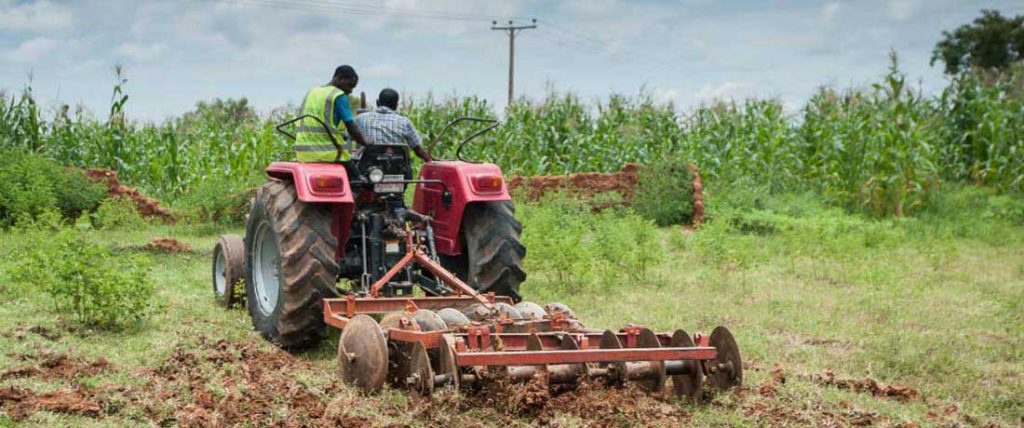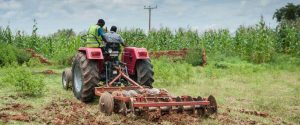The Vast Arable Land of Africa has long been an origin of producing diverse variations of crops which have been exported to global customers worldwide. Today, it provides feed to the largely growing population of the African continent by means of mechanized agricultural farming covering a wide area of land for cultivating all different kinds of cereal, vegetable, and fruit cash crops. There are countless species of crops grown on African land mainly cultivated crops are named as Sorghum Bicolor, Yam, Millet, Maize, and Cassava. Sorghum Bicolor is a native African field crop originated from Nigeria and better known as Camel of Crops because of the reason of commonly planted in tropical dry soil as well as good temperature and high altitude environment. It highly contributes to providing high-quality nutritious feed for 500 million people in more than 30 countries all around the world. This edible staple food crop is beneficially used for animal fodder such as poultry and cattle feed.
As a high nutritional value human food diet, it is used as an excellent resource of a fulfilled meals such as porridge, couscous, fermented bread, and snacks fully enriched with proteins, zinc, iron, phosphorous, and vitamin B –Complex. Yam is a kind of tropical tuber root crop having a cylindrical shape and rounded ends mostly cultivated in central, western, and eastern African regions. It is a largely grown crop in Sub-Saharan Africa with 54 million tons and mostly produced in Nigeria, Benin, Togo, Ghana, and Cote D’Ivoire. It helps in increasing soil fertility by means of weather conditions, seed quality, planting density, and many other related factors. It offers multi-nutritional value in food such as potassium, vitamin b6, manganese, thiamin, and vitamin C.
The Yam prepared meals are Amala, Pounded Yam, Fried Yam, Palm Oil Yam, and Roasted Yam. Some other popular Yam Varieties are White Yam, Chinese Yam, Bitter Yam, and Cush-Cush Yam. Millet is a whole cereal grain crop ideally used for both human food and animal fodder. It is mostly grown in the semi-arid tropical areas of Africa especially in Nigeria, Mali, Sudan, Ethiopia, Senegal, and Burkina Faso. It is a small-grained warm weather cereal food staple crop that is highly tolerant to drought and requires extreme weather conditions for cultivation.
The widely grown millet crop is pearl millet some other famous crop species are finger millet, proso millet, and foxtail millet. It contains an excellent nutritional value and mainly used in multiple varieties of food cuisines such as millet porridge. Maize is a cereal grain crop mostly planted in cold-tolerant temperature zones especially in the spring season. It has a shallow root system and basically dependent on soil moisture as a water-efficient crop. It is also commonly known as corn which is a highly beneficial edible food meal for humans composed of a rich amount of nutrients and used in corn oil, popcorn, sweet corn, corn flakes (breakfast cereal), porridge, snacks, and gluten-free bread. Some other commercial uses are herbal supplements, plastics, fabrics, adhesives, and biofuels.
Cassava is a highly valuable tropical root cash crop that provides a major source of food dietary energy from its starch. Africa produces 93 percent of the cassava in the world which is the highest consumed proportion of global cassava production. It is widely used in food, flour, animal feed, textile, and prepared foods. It is an essential food crop for both rural and urban populations of Sub-Saharan Africa such as Nigeria, Mozambique, Zambia, Congo, Ghana, Malawi, and Tanzania. It can be consumed as Root Cassava, Dried Cassava, and Cassava Leaves and contains a source of nutrients like Carbohydrates, Fiber, Thiamin, Phosphorous, iron, vitamin C, Potassium, Zinc, and Calcium. These are all essential food crops natively produced on African Land and helps provide food fulfills the challenging demand of the growing population of the country to have a healthy nutritious diet food.

